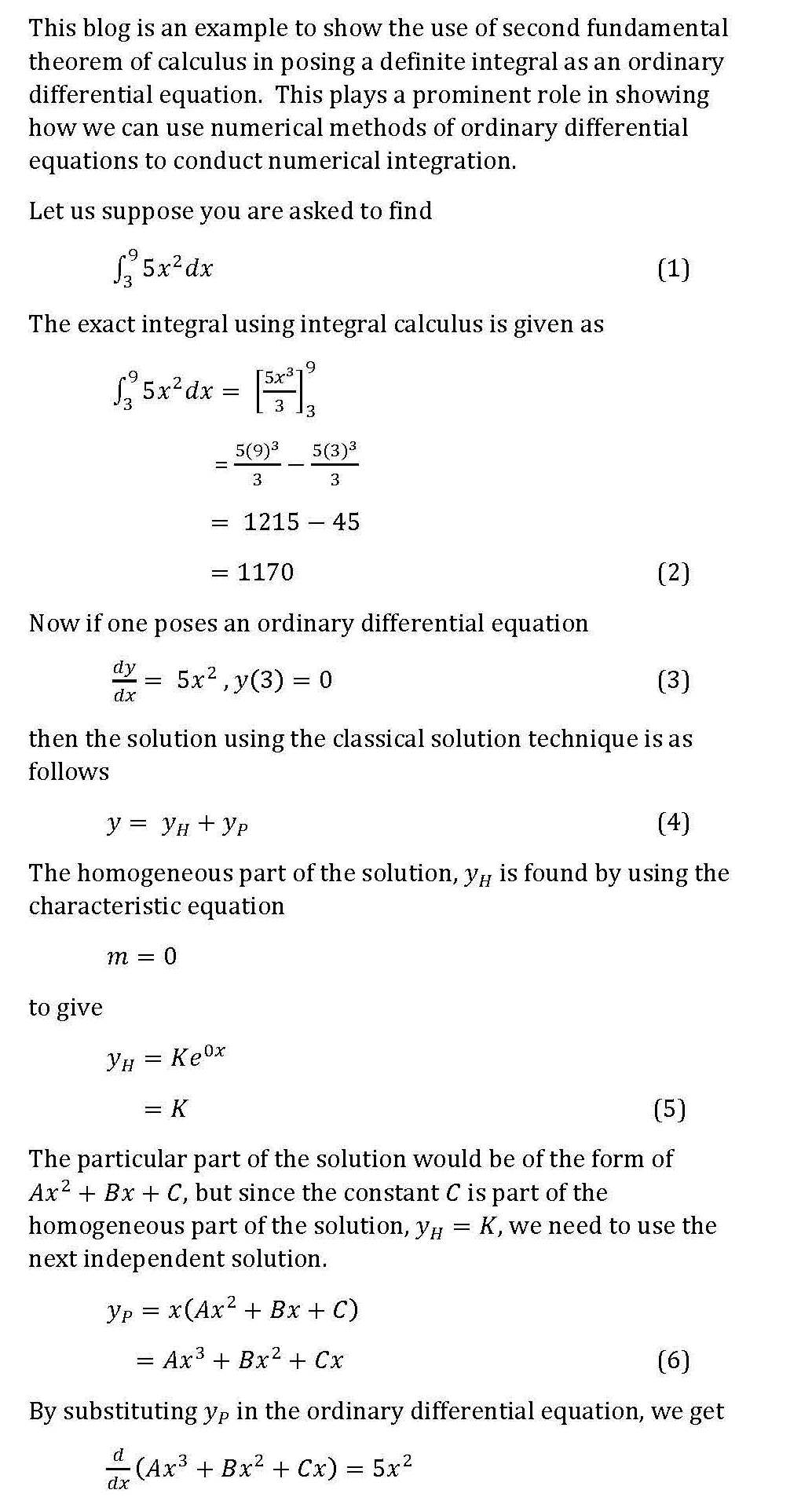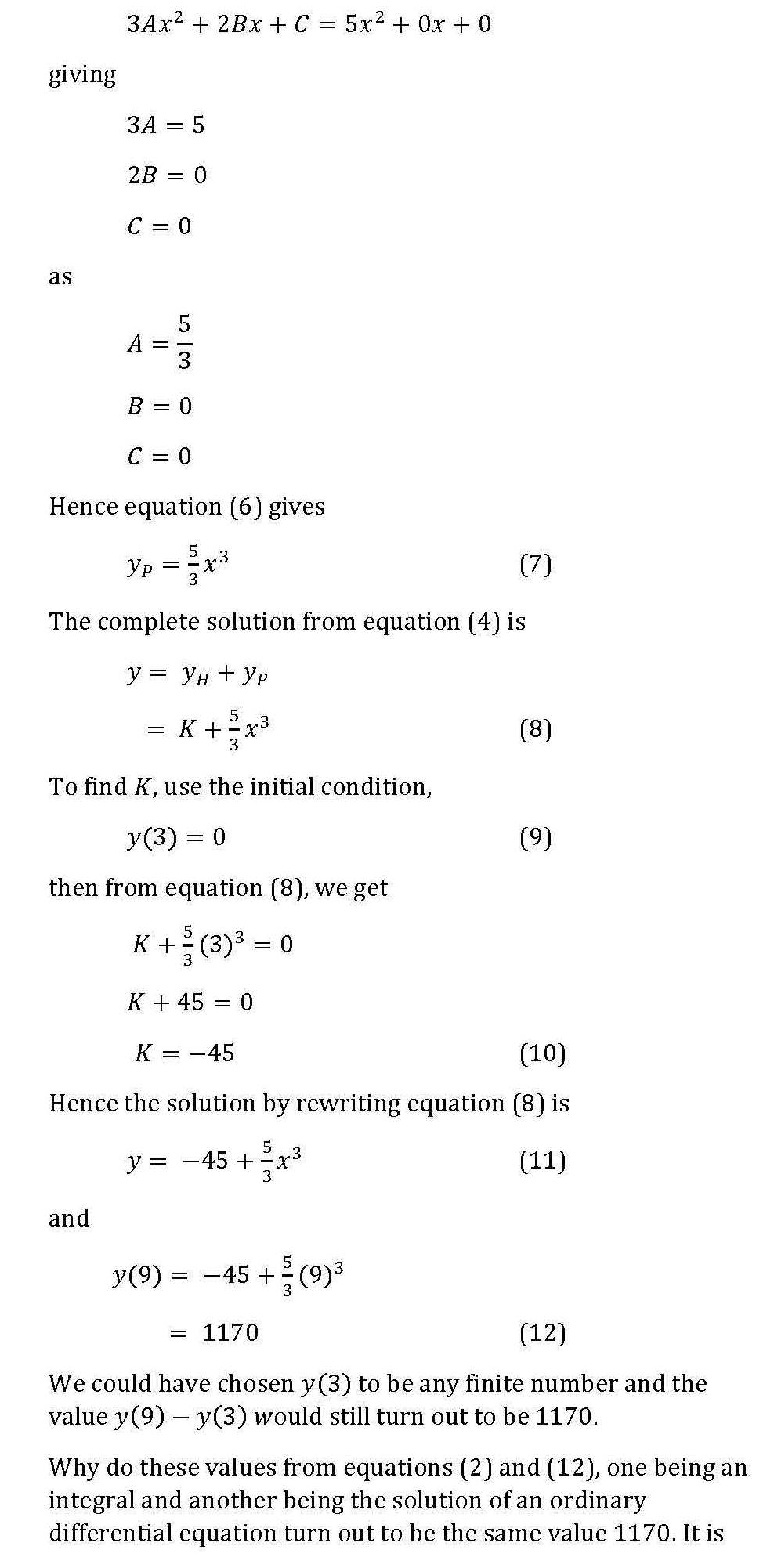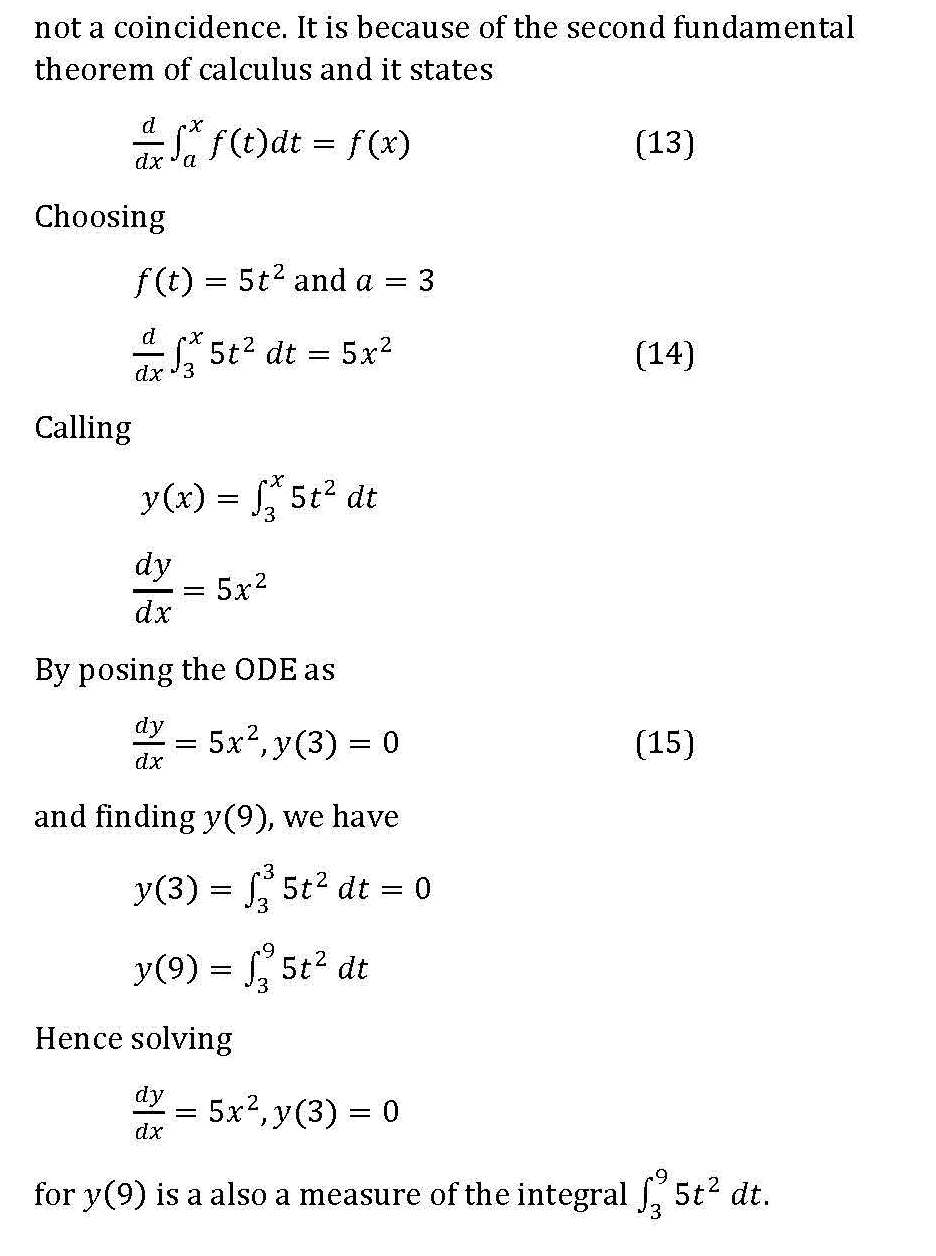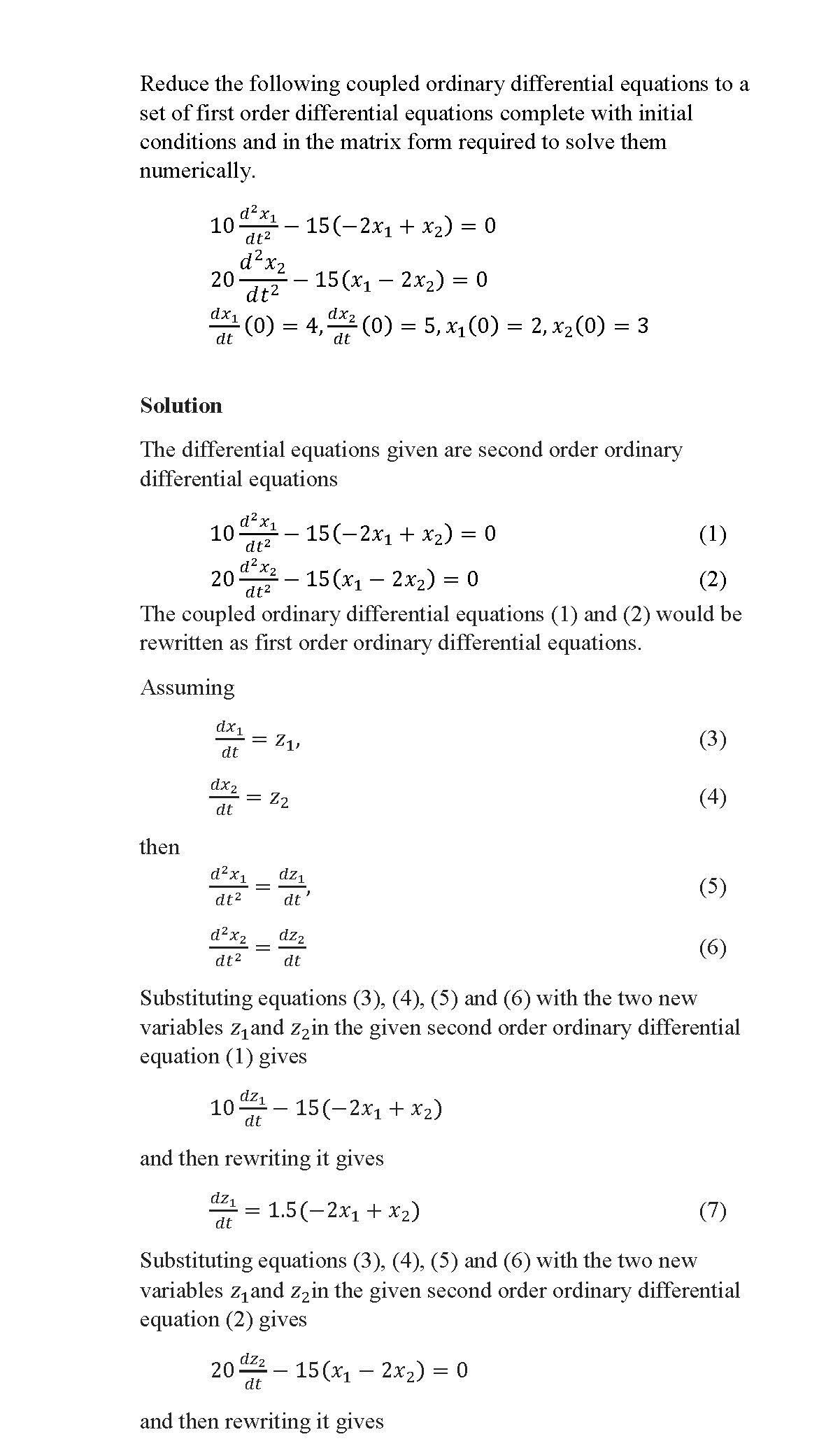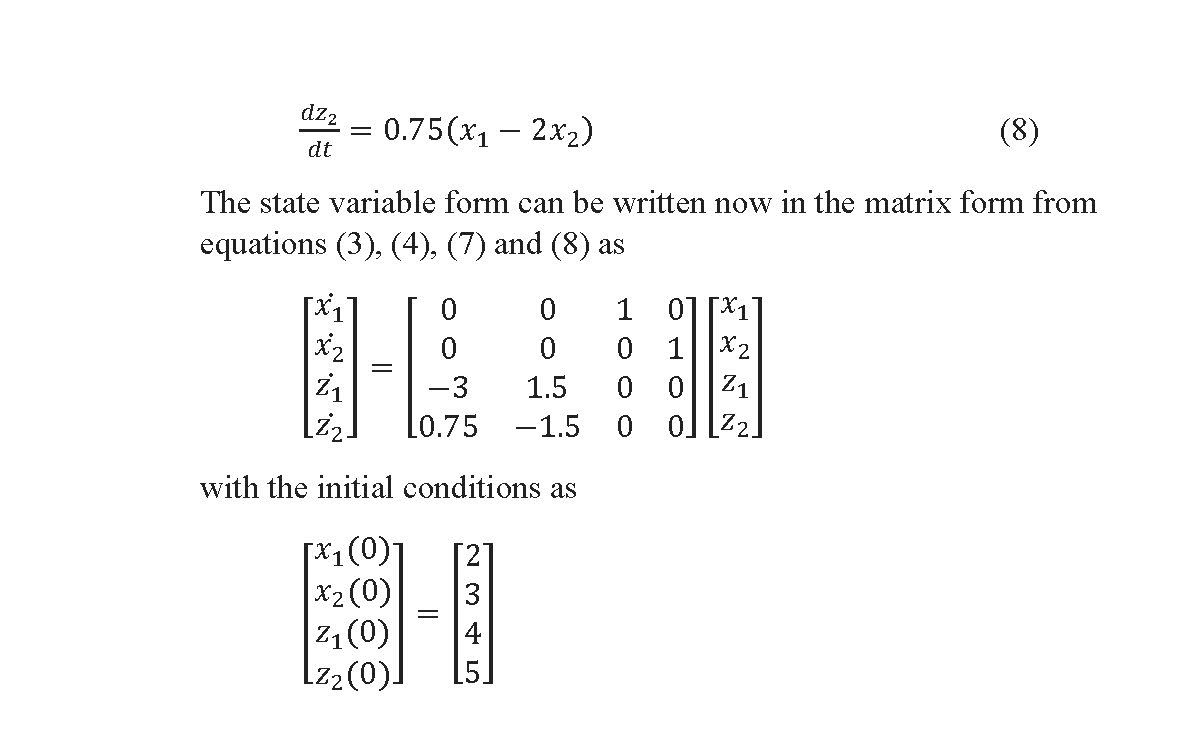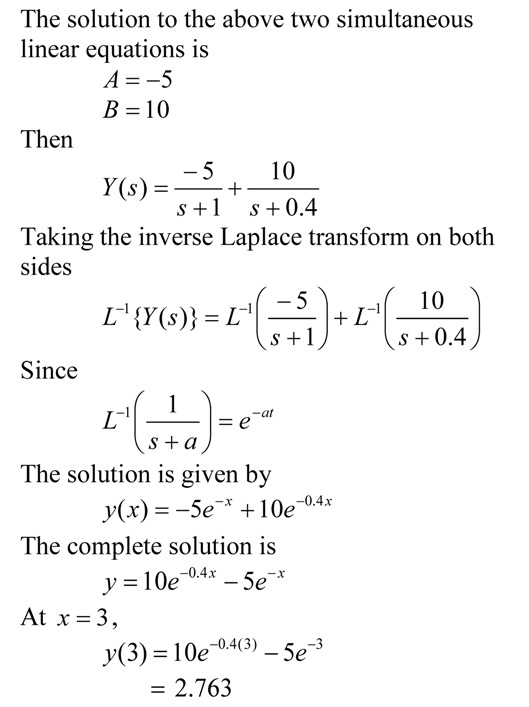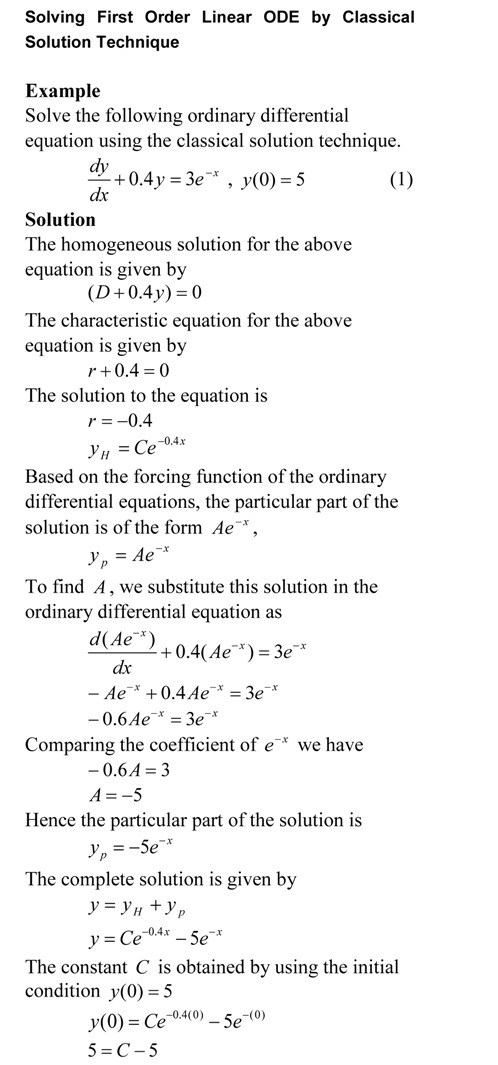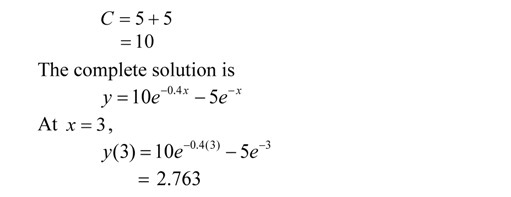HOW DO I DO THAT IN MATLAB SERIES?
- How do I display the data of an array in MATLAB?
- How do I publish in MATLAB?
- How do I differentiate in MATLAB?
- How do I integrate a continuous function in MATLAB?
- How do I integrate a discrete function in MATLAB?
- How do I solve a nonlinear equation in MATLAB?
- How do I solve a nonlinear equation that needs to be set up in MATLAB?
- How do I solve simultaneous linear equations in matrix form in MATLAB?
- How do I solve simultaneous linear equations in equation form in MATLAB?
- How do I do polynomial interpolation in MATLAB?
- How do I do spline interpolation in MATLAB?
- How do I do polynomial regression in MATLAB?
- How do I solve an initial value ordinary differential equation in MATLAB?
- How do I solve a boundary value ordinary differential equation in MATLAB?
- How do I numerically solve an ODE in MATLAB?
- How do I read a text file in MATLAB?
- How do I check if a number is n0n-negative or not in MATLAB?
- How do I read an excel file in MATLAB?
- How do I find inverse error function using interpolation in MATLAB?
- How do I find inverse error function using int and solve command in MATLAB?
